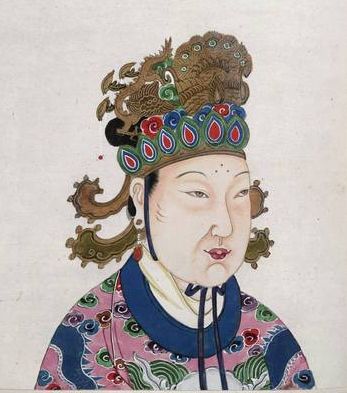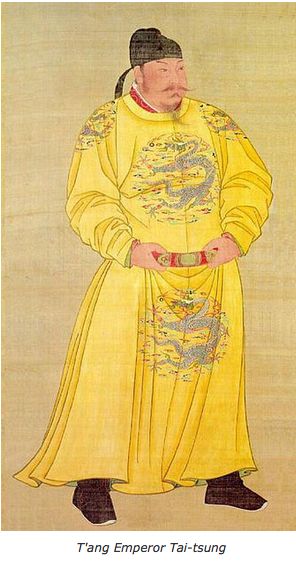
In a civilization ruled by men for thousands of years, only one woman ever made it to the top in imperial China -Empress Wu.
HIGH CHINA
China hasn’t had a monarchy since the Communist Revolution of 1949. But of more than 4,000 years before that, it ruled by 308 different emperors spanning 14 dynastic periods. Of those 308, only one was a woman.
It happened during the T’ang dynasty, which ruled China from AD 618-907, an era commonly considered the height of Chinese art, literature, philosophy, trade, and technology. The capital city, Chang’an (modern day Xi’an), was the largest and most culturally advanced city in the world, with a population of more than a million. This was also a rare era of freedom for women in China; women had long been treated as inferior, but now enjoyed such freedoms as the right to be educated, to divorce, to own land, and to take part -to a degree- in politics. But no one could have expected a woman to take as large a role as the girl known as Wu Zhao.
LUCKY GIRL?
 Wu
Zhao was born in 624 into a noble and wealthy family, and was educated
from an early age in music, art, literature, and philosophy. That
education would help her immensely. When she was 13 years old, her
family’s connections allowed her the great privilege of becoming a Cairen,
one of nine “fifth-tier” concubines of the Emperor Tai-tsung. Her
education, her musical talent, her beauty, and her wit made her stand
out from the other girls, and she soon became one of the emperor’s
favorites. He gave her the title Meinang, or “Charming Lady,”
and assigned her to work in the imperial study. There she would add to
her knowledge the workings of government- knowledge that she would put
to great use in the coming years.
Wu
Zhao was born in 624 into a noble and wealthy family, and was educated
from an early age in music, art, literature, and philosophy. That
education would help her immensely. When she was 13 years old, her
family’s connections allowed her the great privilege of becoming a Cairen,
one of nine “fifth-tier” concubines of the Emperor Tai-tsung. Her
education, her musical talent, her beauty, and her wit made her stand
out from the other girls, and she soon became one of the emperor’s
favorites. He gave her the title Meinang, or “Charming Lady,”
and assigned her to work in the imperial study. There she would add to
her knowledge the workings of government- knowledge that she would put
to great use in the coming years. In 649, when Wu Zhao was 25, Emperor Tai-tsung died -not a good thing for a concubine: in keeping with tradition, all the concubines were sent to a Buddhist convent, where they were to spend the rest of their lives. But Tai-tsung’s son, Kao-tsung, became emperor and soon began visiting Wu at the convent. Many historians believe that Wu Zhao had been having an affair with the prince for a number of years, possibly because she knew he could get her out of the convent when his father died. True or not, two years later the new emperor broke tradition and had Wu Zhao returned to the palace, where she became Wu Zhaoyi, Zhaoyi signifying the highest rank of the second-tier concubines. There were now only two women above her in what became her quest for the throne: Kao-tsung’s wife, Empress Wang, and his first consort, Xiaoshu.
HEIR REPLACEMENTS
Within a few years, Wu Zhaoyi had two sons by the emperor -two possible heirs to the emperor’s throne if she got rid of the two women in her way. And she soon did. Neatorama has more

No comments:
Post a Comment